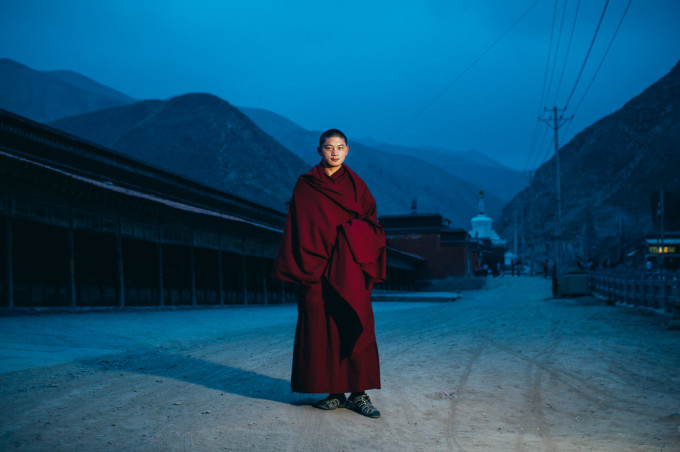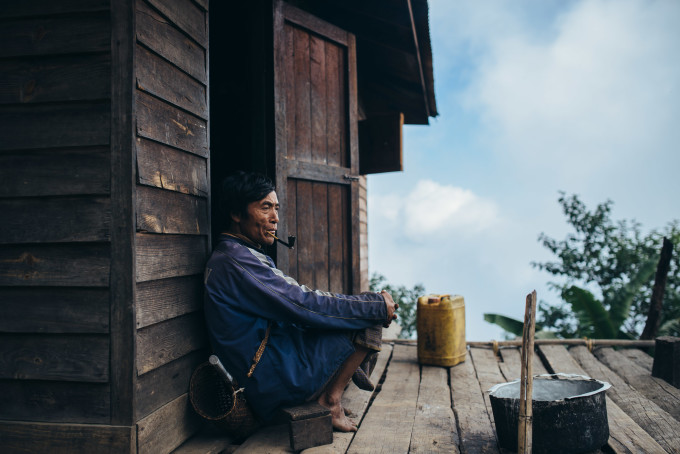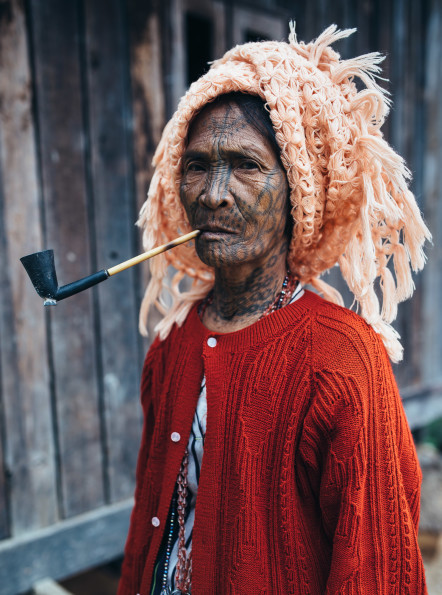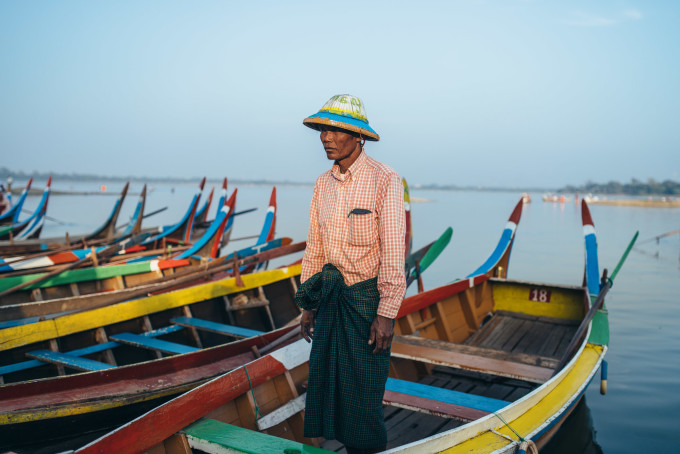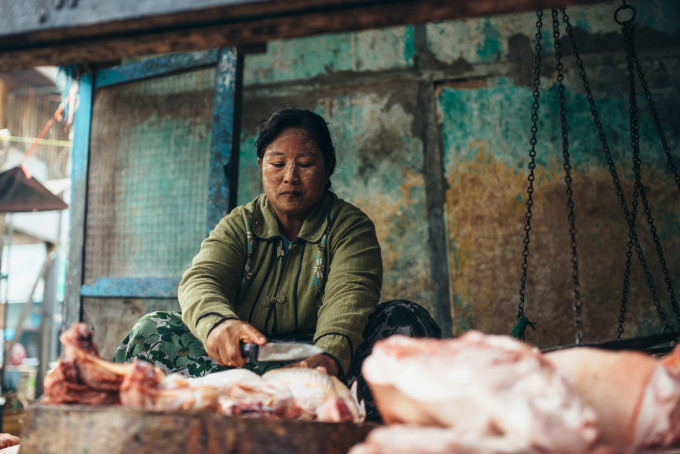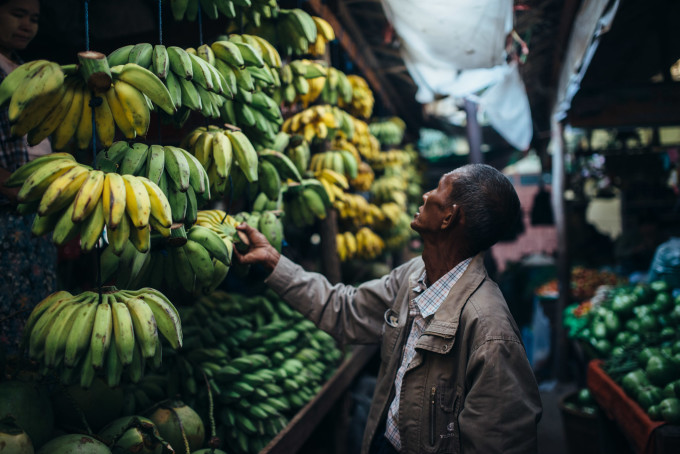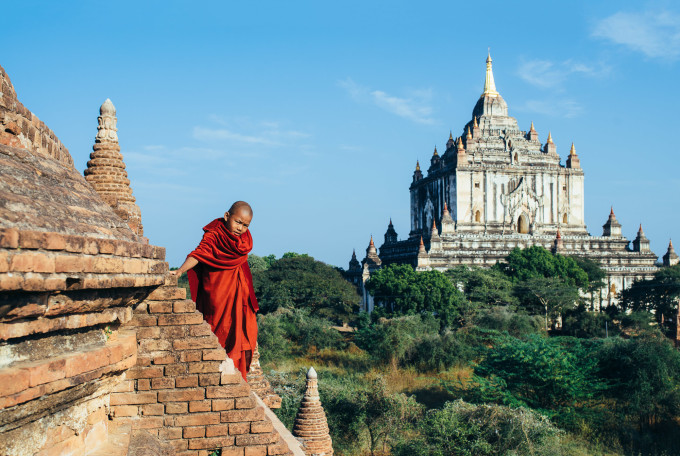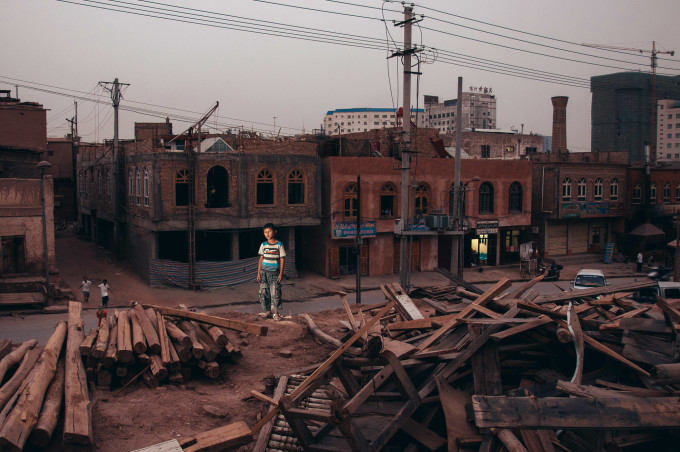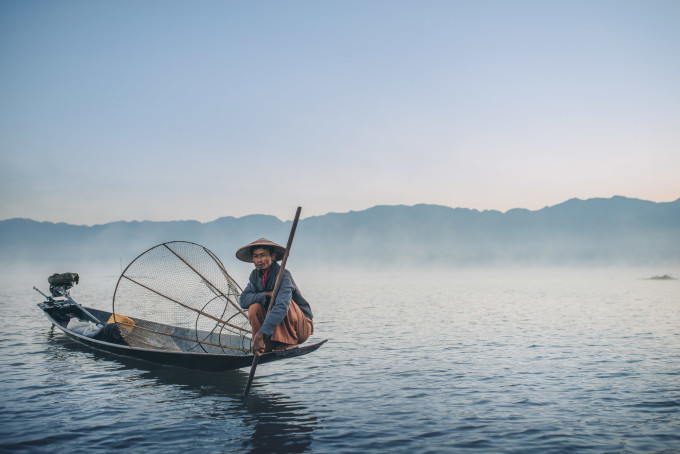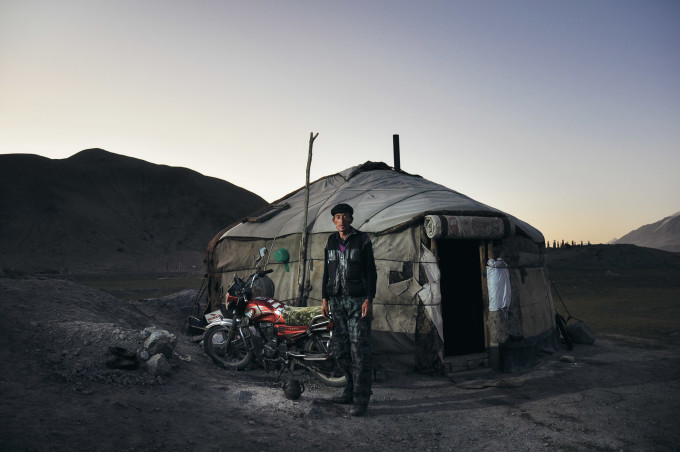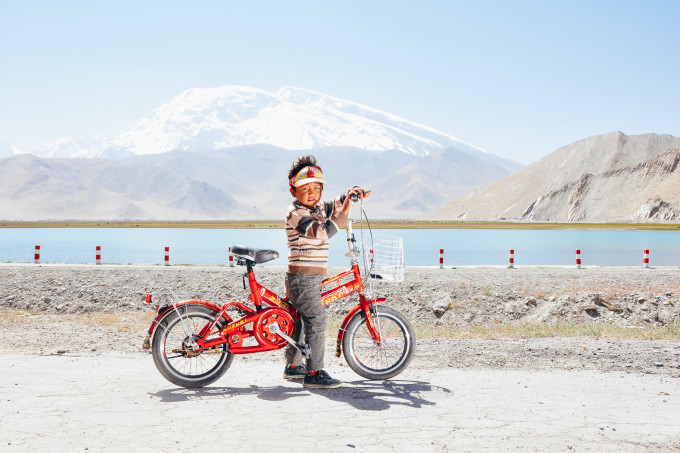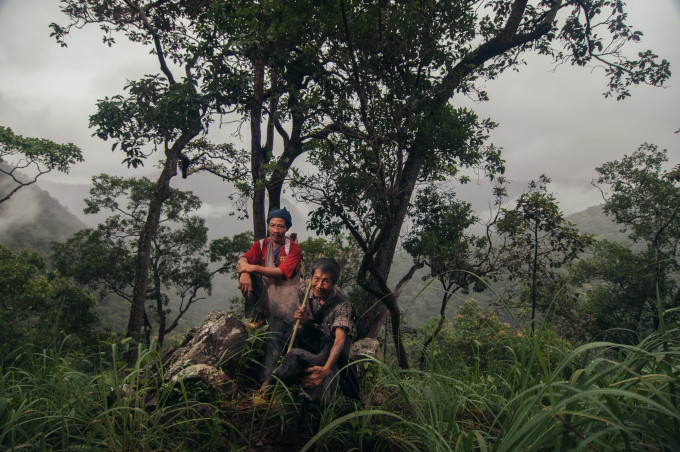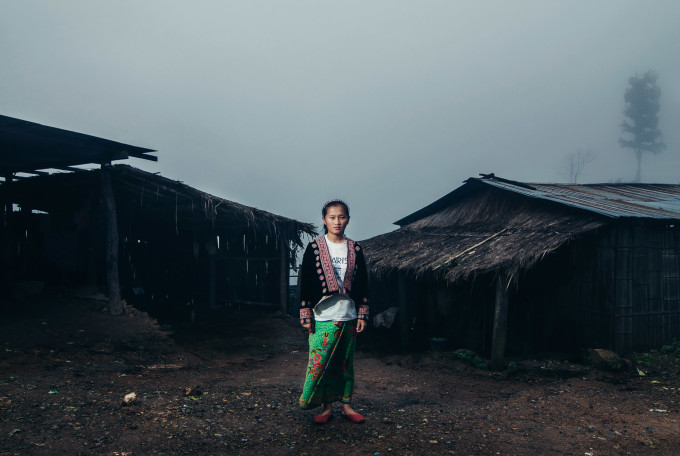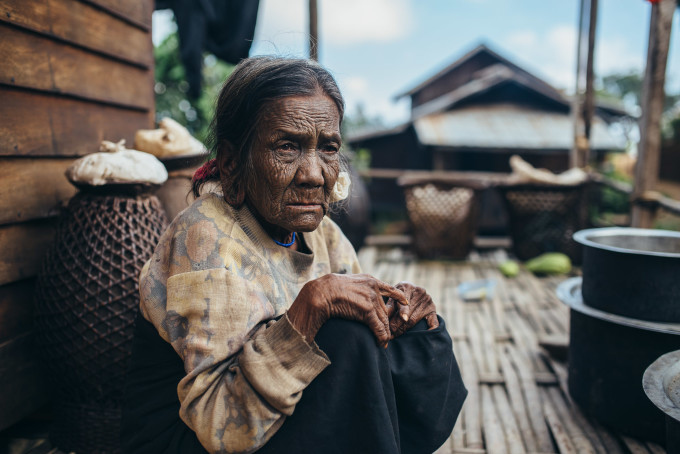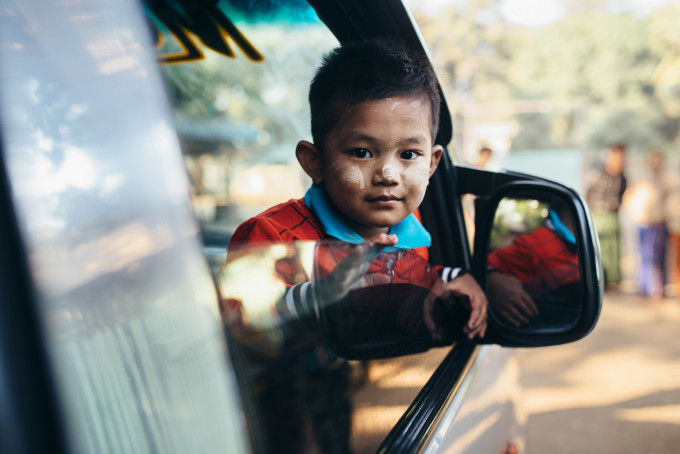All images by Laurent Ponce. Used with permission.
“At the beginning, I did not have confidence in myself.” says photographer Laurent Ponce about his humble beginnings as a photographer travelling to other nations and capturing portraits of people. “For example when I started to do portraits of strangers in Tokyo, in 2008, I spent a lot of time in the streets and missed a lot of opportunities because I was too shy to approach people.”
Laurent is a 27 year old photographer who describes himself as an amateur. He hails from Paris and makes attempts at travelling when possible. He’s half Taiwanese, and has always been interested and attracted to eastern culture and way of life. “When I discovered photography a few years ago, it quickly became for me a way to discover more about the countries I’ve been visiting, to bond with people, and share their beauties.”
And he’s done an incredible job so far.
Phoblographer: Talk to us about how you got into photography.
Laurent: How I got into photography is quite a banal story. When I was 18, I bought a small compact digital camera to take holiday photos. Finally, I really enjoyed taking pictures in the streets and couldn’t stop. I needed more and couldn’t afford a DSLR, so I traded my crappy compact camera for my father’s old Minolta XGM, then I upgraded to medium format with a Yashica 124 which greatly and quickly helped me to understand the basic principles of photography.
Phoblographer: What made you want to get into portraiture?
Laurent: I’ve always loved travel photography. At first I was doing mostly landscapes, but how can you faithfully depict a place without its people? That’s why I started to do portraits of people on the streets. At first, it was only during my travels but then I did it also in Paris where I live, on the streets but also in my home studio.
Phoblographer: You obviously do a lot of travelling, and when you do that you often go around taking portraits of people in their environment and quite literally creating environmental portraits. How do you go about gaining the trust of people?
Laurent: At the beginning, I did not have confidence in myself. For example when I started to do portraits of strangers in Tokyo, in 2008, I spent a lot of time in the streets and missed a lot of opportunities because I was too shy to approach people. It was really frustrating. So day after day, I pushed myself to approach people and ask them if I could take their portrait. I started to learn how to say “Hello! Can I take a photo of you?” in Japanese. It was the first step to gaining the trust of people. If you show them that you want to learn their culture, they will be more opened to you photographing them. Unfortunately, the resulting photos were not that great. Approaching someone, say hello, take their portrait, thank them, smile, and leave is not enough for me. I need to learn more about them. That’s why I try to have a conversation with them. Then, I would ask to take a portrait.
It requires confidence, and it is not something easy to acquire but it comes with time and practice. And I assure that connecting with people will greatly increase the impact of the resulting photo. I love these great moments when I show people their portrait, and tell them how beautiful I think they are. People are often very happy to see it.
Phoblographer: When you go about doing these portraits, what is the process like? Do you get spur of the moment inspiration or do you find inspiration, storyboard it and then present it and shoot? What about your posing process?
Laurent: I’m very spontaneous and don’t really plan anything. When I travel, I just wander randomly in a city, village or countryside. I like to get lost somewhere and discover how people are living. Sometimes, I will see somebody interesting and I’ll go meet him and talk to him. When I photograph someone that I just met in the street, I like to keep it natural and shoot them in the same place I found them. I don’t like to tell them how to pose but some rare times, when I feel that the photo could be better, I can ask them to look in a specific direction, move a few feet away or ask them not to smile. It can sometimes improve the subject’s expression, the picture’s framing or the lightning, and add strength to a picture.
Phoblographer: What do you feel is very important for every photographer to ensure their subject conveys in a portrait?
Laurent: What I seek when I search people to photograph is their look, and the expression they convey. It has to tell a story.
Phoblographer: What photographers influenced the way that you photograph? How?
Laurent: Steve Mc Curry and Pierre Gonnord are the two photographers that influenced me the most (and still are) for my portrait and travel photography. I love the way they photograph people, revealing what’s underneath. I was also very influenced by Gregory Crewdson and his very cinematic and incredible use of light. He knows how to tell a story.
Phoblographer: Lots of your work is natural light but you also do some strobist work. What’s your personal preference and why?
Laurent: I used strobism a lot when I started photography because it helped me to understand how light works, and how to control it. When I travelled I used to take with me a Cobra speedlight (Yongnuo YN-560III) and a transceiver. But I had the feeling that my photography was being less spontaneous. Now, I prefer to keep it simple (and light), so I’m now just travelling with my body and one lens.
Phoblographer: You have a couple of interesting trends in your work. Your close up portraits don’t usually center the subject but your environmental ones do. What’s typically going through your mind as you compose images?
Laurent: As I first started photography with landscapes, I had the habit of composing the environment first and then putting my subject in the middle of it. Plus, I often use a wide angle lens, so I have to center the subject or it would be distorted.
Phoblographer: Talk to us about the gear that you use. How do you feel it helps you get the creative vision you want across?
Laurent: I mainly use a Nikon d800 with three lenses (but I often only carry one): 16-35 for landscapes and environmental photography, 35mm for travel and street photography, and 85mm for close-up portraits. For daily use, I use the amazing Fuji x100t. It is light and compact and follows me everywhere.
Phoblographer: In the next year, what steps are you taking to improve yourself as a photographer?
Laurent: I first need to improve humanely: spend more time with people, give more of myself, help others, and travel more. Plus, I want to be more invested on some longterm series of photography work.


